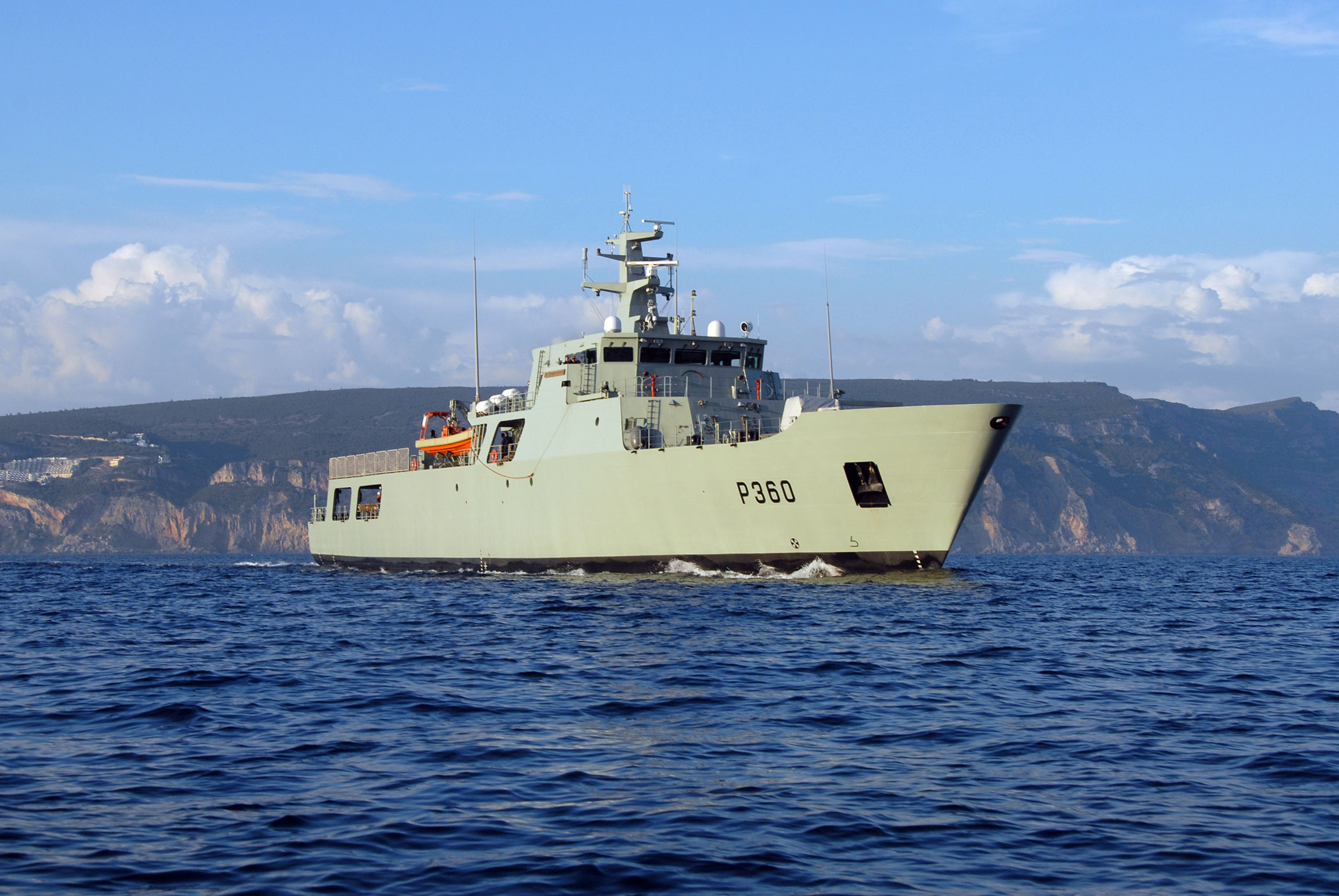
OSI Maritime Systems has received a contract to provide navigation solutions for the Portuguese Navy’s six incoming Viana do Castelo-class offshore patrol vessels.
The agreement stipulates the firm’s Integrated Navigation and Tactical System (INTS) to support the fleet’s “paperless” transits at sea.
The technology includes the Canadian company’s flagship Electronic Chart Display and Information System 7 (ECPINS 7), designed according to NATO’s bathymetric, water space, and tactical symbol standards.
Additionally, ECPINS 7 incorporates modules for Global Navigation Satellite System-denied operations and aircraft support tasks.
Once integrated, the navigation systems are expected to enhance the Castelo fleet’s operability in areas with poor satellite connections or significant signal jamming threats and obstructions.
“Portugal is one of OSI’s longest-standing customers, and we are excited to be delivering bridge systems equipped with the most advanced navigation technologies available, including OSI’s ECPINS,” OSI Maritime Systems Business Development VP Jim Davidson stated.
OSI Maritime Systems CEO Ken Kirkpatrick added that the firm welcomes the opportunity to collaborate with West Sea, the builder of Portugal’s future offshore patrol vessels.
“Our company is recognized for its efficiency in delivering complex, integrated bridge systems — designed and built in Canada and deployed to shipyards worldwide,” he said.

The Viana do Castelo Program
Portugal’s Viana do Castelo program is an ongoing effort to replace the naval force’s Cacine-class patrol boats, Baptista de Andrade-class corvettes, and João Coutinho-class corvettes, which perform search and rescue, fishery protection, oil recovery, and anti-pollution roles across domestic waters and the North Atlantic Ocean.
Four ships from the program were already commissioned between 2011 and 2017. In 2018, Lisbon ordered six additional hulls for the initiative, with construction expected to continue until 2030.
The 83-meter (272-foot) Viana do Castelo patrol vessel can carry up to 60 personnel, rigid hull inflatable boats, and a medium-sized helicopter.
Its armaments include a 30-millimeter weapon system, heavy machine guns, and small machine guns.
The ship is powered by twin Wärtsilä diesel engines with 5,200 horsepower each and two electric engines with 270 horsepower each, providing a top speed of 21 knots (39 kilometers/24 miles per hour).










